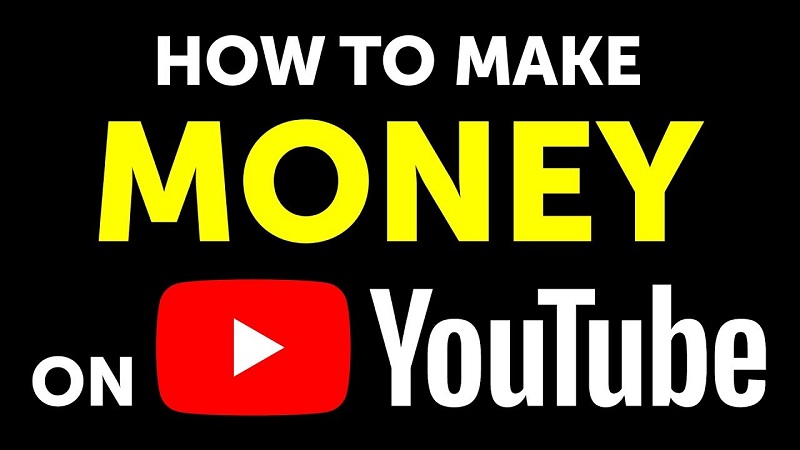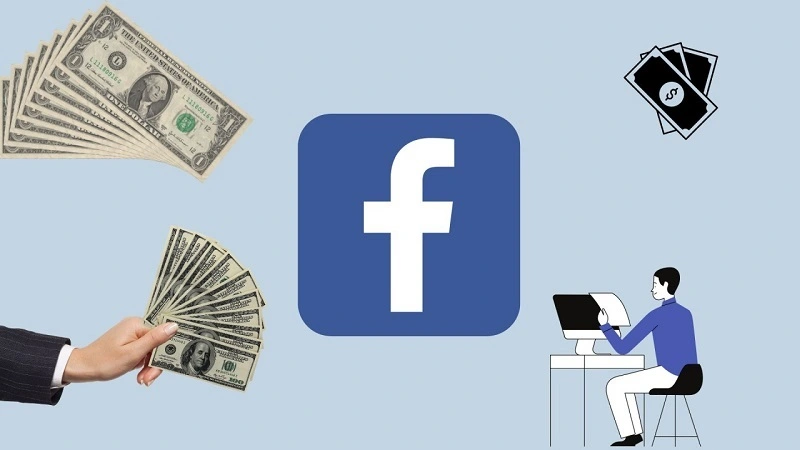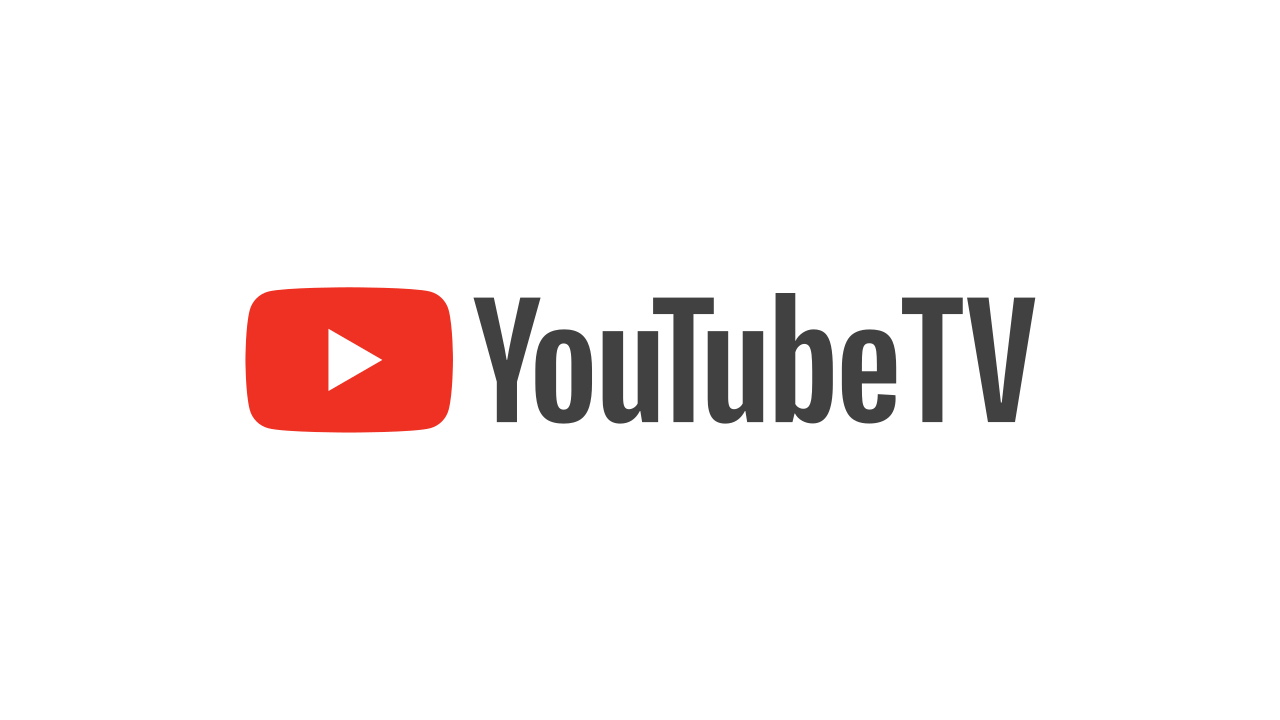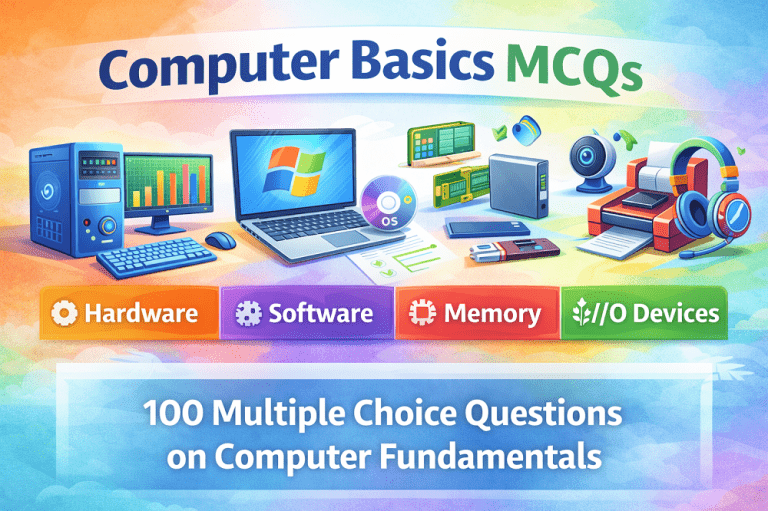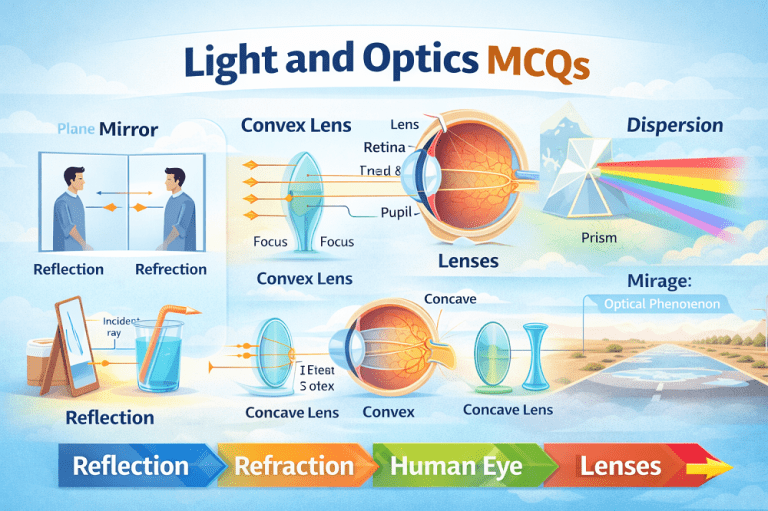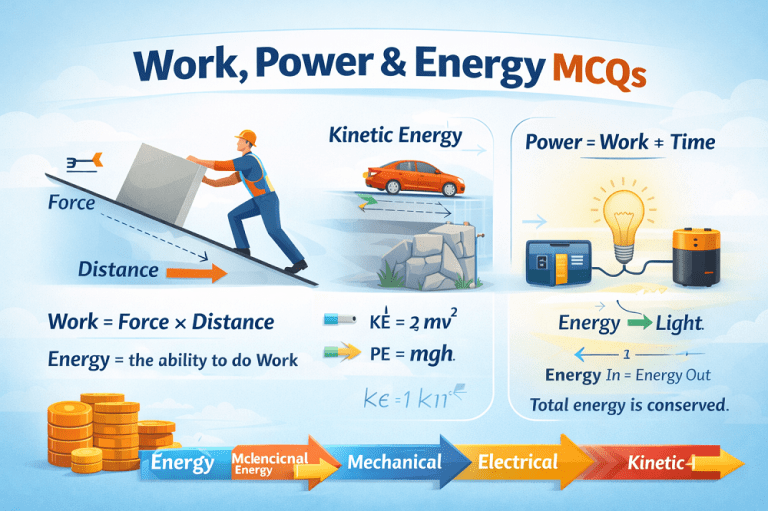
What Are Some Ways to Monetize a Blog via Social Media?
In today’s digital age, blogs have become more than just platforms for sharing thoughts and ideas—they’re now powerful tools for generating income. If you’re a blogger looking to turn your passion into profit, social media is an essential part of your strategy. But how exactly can you monetize your blog through social media? Let’s explore some effective methods.
Understanding Blog Monetization
What is blog monetization?
Blog monetization refers to the various methods and strategies used to earn money from a blog. This can include everything from advertising to selling products, affiliate marketing, and more. The key to successful monetization lies in building a solid audience and offering them something of value.
Why is social media crucial for monetization?
Social media platforms like Instagram, Facebook, Twitter, and Pinterest are invaluable for driving traffic to your blog and connecting with a wider audience. By leveraging these platforms, you can significantly enhance your blog’s visibility and open up new avenues for monetization.
Leveraging Affiliate Marketing
How affiliate marketing works
Affiliate marketing involves promoting products or services from other companies on your blog. When your audience makes a purchase through your affiliate link, you earn a commission. It’s a simple yet effective way to monetize your blog without creating your own products.
Using social media to promote affiliate links
Social media can amplify your affiliate marketing efforts by allowing you to share your affiliate links with a larger audience. For instance, you can use Instagram stories, Facebook posts, or Pinterest pins to showcase products you love, encouraging your followers to check them out.
Best practices for affiliate marketing on social media
- Be transparent with your audience by clearly disclosing affiliate links.
- Focus on promoting products that align with your blog’s niche and resonate with your audience.
- Create engaging content that highlights the benefits of the products you’re promoting.
Sponsored Posts and Brand Collaborations
What are sponsored posts?
Sponsored posts are articles or social media posts created in collaboration with a brand. The brand pays you to write about their product or service, which you then share with your audience.
Finding brands to collaborate with
To find brands interested in collaboration, start by reaching out to companies whose products align with your blog’s theme. You can also join influencer marketing platforms that connect bloggers with brands.
Promoting sponsored content on social media
Once you’ve secured a brand collaboration, use social media to promote your sponsored posts. Share snippets of your blog post on platforms like Instagram and Twitter, linking back to your full article.
Selling Digital Products
Types of digital products to sell
Digital products like eBooks, printable, templates, and photography can be excellent sources of income. They’re easy to create, don’t require physical inventory, and can be sold repeatedly.
How to market digital products via social media
Social media platforms are perfect for showcasing your digital products. Create visually appealing posts that highlight the features and benefits of your products. Use Instagram stories, Facebook groups, and Pinterest boards to reach potential customers.
Using social proof to boost sales
Social proof, such as customer testimonials and reviews, can greatly influence purchasing decisions. Share positive feedback from your customers on social media to build trust and encourage others to buy your products.
Offering Online Courses and Webinars
The rise of online education
With the increasing demand for online learning, offering courses and webinars has become a lucrative way to monetize a blog. If you’re an expert in your niche, consider creating a course that teaches others your skills.
Promoting courses through social media platforms
To attract students, promote your courses on social media. Share valuable content related to your course topic, offer free webinars as a teaser, and use targeted ads to reach a specific audience.
Creating engaging content to attract learners
Engagement is key to attracting students. Use social media to share tips, tricks, and insights related to your course. This not only builds interest but also positions you as an authority in your field.
Utilizing Paid Memberships and Subscriptions
Creating exclusive content
Paid memberships and subscriptions are a great way to offer exclusive content to your most loyal followers. This could include access to premium articles, a private community, or even one-on-one coaching sessions.
How to set up paid memberships
Setting up a paid membership program is easier than ever, thanks to platforms like Patreon, Memberful, and Substack. These platforms allow you to charge a recurring fee for access to your exclusive content.
Promoting subscriptions through social media
Promote your membership program on social media by offering a sneak peek of what subscribers can expect. Highlight the value of your exclusive content and encourage your followers to sign up.
Advertising Revenue Through Social Media
Integrating ads on social media
Running ads on social media platforms like Facebook, Instagram, or LinkedIn can generate revenue directly. These platforms allow you to target your ads to a specific audience, increasing the chances of clicks and conversions.
Platforms that offer ad revenue sharing
YouTube, Instagram, and Facebook offer ad revenue sharing programs where you can earn money based on the views or engagement your content receives. This is particularly useful if you have a large following on these platforms.
Maximizing ad revenue through strategic posting
To maximize ad revenue, post content that resonates with your audience and encourages engagement. The more interaction your posts receive, the more ad revenue you can potentially earn.
Monetizing Through YouTube
Creating video content related to your blog
YouTube is one of the best platforms for video content, and it can also be a great source of income. Create videos that complement your blog content, such as tutorials, reviews, or vlogs.
Leveraging YouTube’s monetization options
YouTube offers several monetization options, including ad revenue, channel memberships, and Super Chat. You can also promote your affiliate products and sponsored content through your videos.
Promoting YouTube content via other social platforms
Don’t limit your YouTube content to YouTube alone. Share your videos on other social media platforms like Facebook, Instagram, and Twitter to increase views and engagement.
Driving Traffic to Your Blog via Social Media
The role of social media in increasing blog traffic
One of the primary ways social media can help you monetize your blog is by driving traffic to it. The more visitors your blog receives, the higher your chances of earning through ads, affiliate marketing, or sales.
Best social media platforms for blog promotion
Different platforms work better for different niches. For instance, Pinterest is ideal for lifestyle and DIY blogs, while Twitter is great for tech and news blogs. Identify where your audience spends their time and focus your efforts there.
Techniques to boost blog traffic through social media
- Share your blog posts multiple times across different platforms.
- Use catchy headlines and visuals to grab attention.
- Engage with your audience through comments and direct messages.
Building and Engaging a Community
Importance of a loyal audience
A loyal audience is the backbone of successful blog monetization. These are the people who consistently read your content, buy your products, and share your posts.
Strategies to build a community on social media
- Host live sessions on Instagram or Facebook to connect with your audience.
- Create a private Facebook group for your blog followers.
- Engage with your audience regularly through comments, likes, and shares.
Engaging your audience to drive monetization
Engagement leads to trust, and trust leads to sales. By actively engaging with your audience, you build a relationship that can translate into increased income.
Using Influencer Marketing
What is influencer marketing?
Influencer marketing involves partnering with social media influencers to promote your blog or products. Influencers have a large following and can help you reach a broader audience.
Partnering with influencers to promote your blog
Identify influencers who align with your blog’s niche and reach out to them for collaboration. They can promote your content to their followers, driving traffic and potential revenue to your blog.
Measuring the effectiveness of influencer campaigns
Track the performance of your influencer campaigns by monitoring metrics like traffic, engagement, and sales. This will help you determine the ROI of your investment in influencer marketing.
Utilizing E-commerce Integration
Adding e-commerce functionality to your blog
If you sell physical products, integrating e-commerce functionality into your blog is essential. Platforms like WooCommerce or Shopify make it easy to set up an online store directly on your blog.
Promoting e-commerce products through social media
Use social media to showcase your products, offer discounts, and share customer reviews. Visual platforms like Instagram and Pinterest are particularly effective for e-commerce promotion.
Best practices for integrating e-commerce with social media
- Use shoppable posts on Instagram and Facebook.
- Offer exclusive deals to your social media followers.
- Leverage user-generated content to build trust and encourage sales.
Case Studies: Successful Blog Monetization via Social Media
Examples of bloggers who have successfully monetized via social media
Many bloggers have turned their social media presence into a profitable business. For example, Pat Flynn of Smart Passive Income uses social media to drive traffic to his blog and promote his products.
Lessons learned from their strategies
- Consistency is key: Regular posting and engagement are crucial for success.
- Diversify your income streams: Don’t rely on just one method of monetization.
- Know your audience: Tailor your content and products to meet the needs of your followers.
Conclusion
Monetizing a blog via social media is a dynamic and multifaceted process. From affiliate marketing to sponsored posts, online courses, and e-commerce, the possibilities are endless. The key to success lies in understanding your audience, leveraging the right platforms, and consistently delivering value. By implementing the strategies outlined in this article, you can transform your blog into a thriving business.
FAQs
What is the best social media platform for blog monetization?
The best platform depends on your niche and audience. For lifestyle blogs, Instagram and Pinterest are excellent, while LinkedIn may be better for business-related content.
How can I start affiliate marketing through social media?
Begin by joining affiliate programs related to your blog’s niche. Share affiliate links on social media, ensuring you disclose your affiliation to maintain transparency.
Do I need a large following to monetize my blog via social media?
While a large following can help, even a small but engaged audience can be profitable. Focus on building trust and delivering value to your followers.
What are the best practices for promoting sponsored content?
Always disclose that the content is sponsored, choose brands that align with your blog, and create authentic, engaging content that resonates with your audience.
Can I monetize my blog without selling products?
Yes, you can monetize through affiliate marketing, sponsored posts, ad revenue, and offering premium content or memberships.
